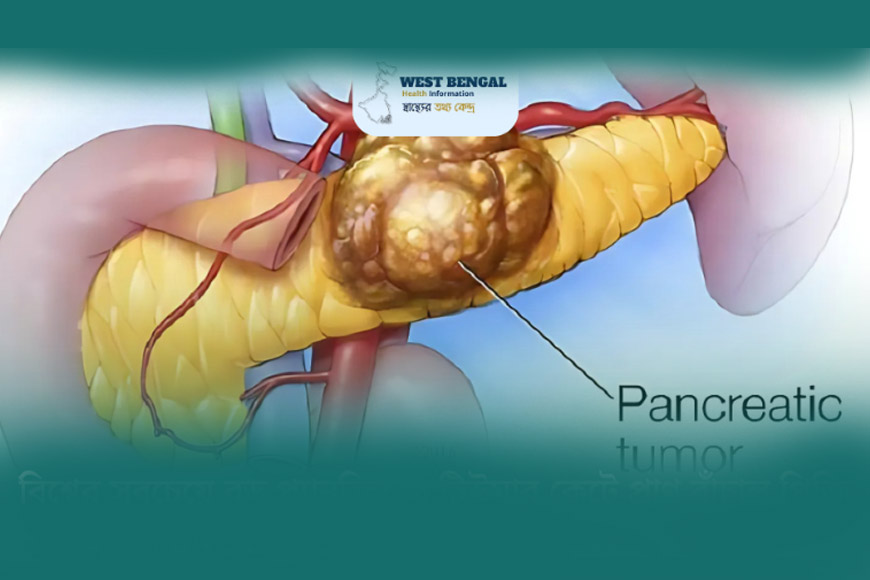Government hospital in Bengal performs a rare digestive organ surgery – GetBengal story

Doctors at Kolkata’s PG Hospital witnessed a ground-breaking achievement in public healthcare by a successful removal of one of the largest known Solid Pseudopapillary Neoplasms (SPN) ever recorded, saving the life of a 17-year-old girl from Kaliachak in Malda district.
The rare pancreatic tumour, found at the head of the pancreas is weighted close to 2 kg and measured an astounding 18 cm in length and 12 cm in width. Reports say that this was the second-largest SPN tumour ever surgically treated anywhere in the world.
The teenager had been fighting with severe abdominal pain, vomiting, and rectal bleeding since 2024. Consequently, her health rapidly declined, and her haemoglobin levels were falling dangerously below 3, which is a life-threatening condition that required an urgent examination.
On admission to PG Hospital, advanced imaging and clinical evaluations were conducted. After confirming the presence of the massive tumour, the hospital's Gastrointestinal Surgery department took the required actions immediately.
A highly skilled surgical team, led by Dr. Sukanta Ray and Dr. Hemabh Saha, undertook a high-risk, eight-hour-long Whipple’s procedure that is one of the most complex surgeries in gastrointestinal medicine.
Throughout the procedure, multiple interconnected organs were removed carefully, which include the pancreatic head, a portion of the stomach, the duodenum, the bile duct, and part of the colon. After excising the tumour and affected areas, the team successfully performed four critical reconstructions to re-establish digestive continuity and preserve the patient’s quality of life.
The operation dealt with not only surgical precision but also intensive post-operative care. The teenager received substantial blood and plasma transfusions to stabilise her condition following the complex surgery. Despite the highly specialised nature of the treatment, which may cost Rs. 10 lakh or more in private hospitals, the entire intervention was provided at negligible cost through the state-run healthcare system.
This medical success stands as a remarkable testament to the capability and commitment of Bengal’s government doctors. Supported by a well-coordinated team of anaesthesiologists, nurses, and medical technologists, the operation reflects the growing strength of public sector healthcare in tackling rare and complex medical challenges.
In addition, this case will likely serve as a benchmark in global medical literature. At a time when access to affordable, high-quality healthcare remains a concern across the country, this story from PG Hospital is a beacon of hope, highlighting that world-class treatment is not only possible in government institutions but thriving in the heart of Bengal.











